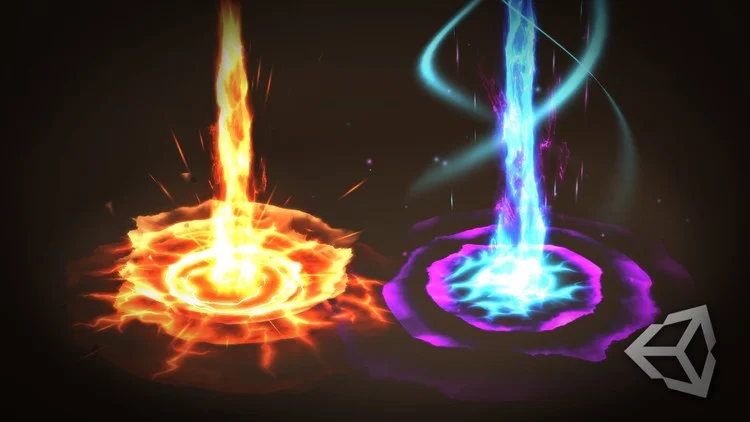Welcome to the captivating world of VFX in video games, where stunning visual effects breathe life into virtual worlds and enhance the player’s immersive experience. In this article, we will delve into the realm of VFX, exploring its definition, historical evolution, and profound impact on game design and art. Get ready to uncover the secrets behind the mesmerizing effects that bring your favorite video games to life and discover the exciting future that awaits VFX in the gaming industry. Brace yourself for a journey into the realm of visual spectacle and technological wizardry that is VFX in video games.
What is VFX?
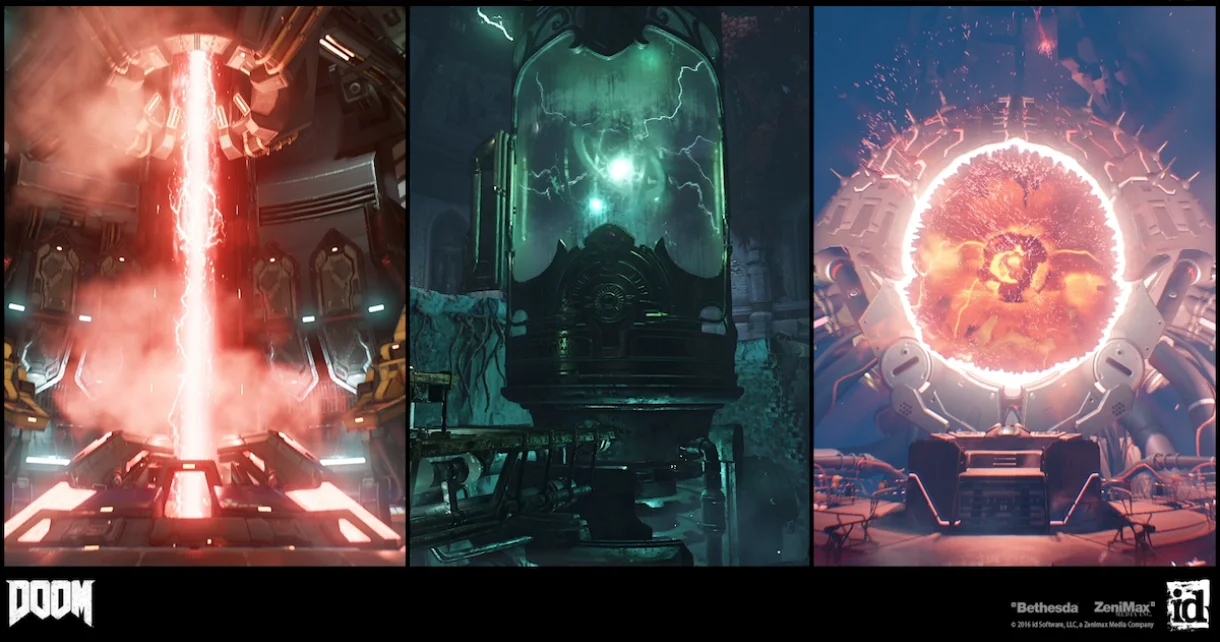

VFX, short for Visual Effects, refers to the art and technology of creating and manipulating visual elements to enhance the realism, aesthetics, and storytelling of various forms of media, including video games. It encompasses a wide range of techniques, such as computer-generated imagery (CGI), particle systems, simulations, compositing, and more. VFX is used to create and enhance elements such as explosions, fire, smoke, water, weather effects, magical spells, and other dynamic visuals that go beyond the limitations of the real world.
In the context of video games, VFX plays a crucial role in creating immersive and visually stunning experiences. It helps to simulate realistic physics, environmental interactions, and character actions, adding depth, excitement, and spectacle to the game world. Whether it’s the dazzling spellcasting effects in a fantasy isometric RPG or the explosive destruction in a first-person shooter, VFX brings a sense of dynamism and impact to gameplay, making it more engaging and memorable for players.
History Of VFX In Video Games
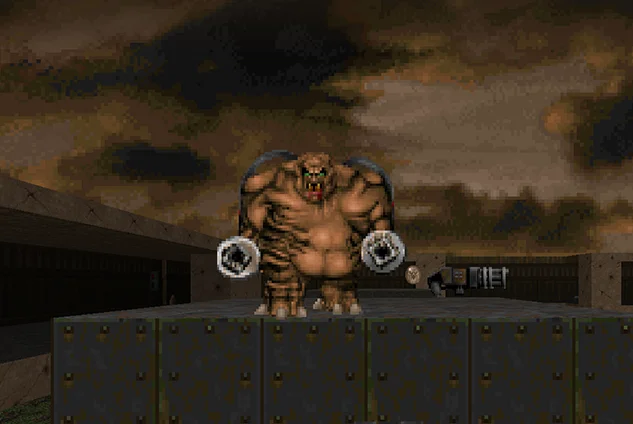

The history of VFX in video games dates back to the early days of gaming when developers started exploring ways to enhance the visual experience beyond the limitations of pixelated graphics. While the earliest games were primarily focused on simple 2D sprites and basic effects, technological advancements gradually paved the way for more sophisticated visual effects.
In the 1990s, as gaming platforms evolved and 3D graphics became more prevalent, VFX in video games took a significant leap forward. Games like “Doom” and “Quake” introduced dynamic lighting, particle effects, and texture mapping, laying the foundation for more immersive and visually appealing game worlds.
The turn of the millennium brought about even greater advancements in VFX technology. Games like “Half-Life 2” and “Bioshock” showcased impressive physics simulations, realistic water effects, and complex particle systems, further blurring the line between virtual and real.
Today, with the advent of powerful gaming hardware and sophisticated software tools, VFX in video games has reached unprecedented levels of realism and detail. From lifelike character animations to dynamic environmental destruction, developers can create stunning visuals that rival those seen in movies.
How VFX Affects Game Design & Art
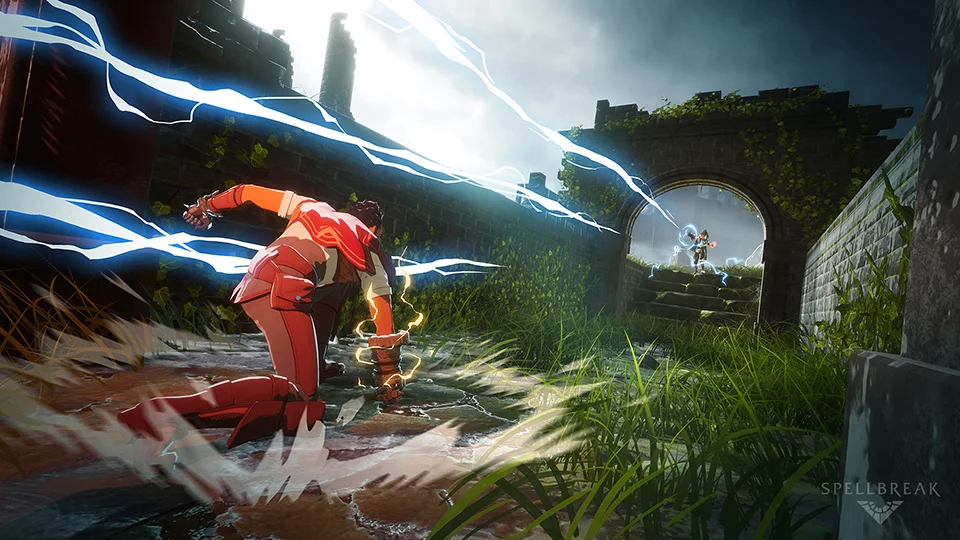

Visual effects (VFX) are crucial in shaping video games’ overall design and artistic direction. They significantly impact the game’s immersion, atmosphere, and storytelling, enhancing the player’s experience in various ways.
One of the key ways VFX affects game design is by creating a sense of realism and immersion. Whether it’s realistic particle effects for explosions, dynamic weather systems, or lifelike animations, VFX can bring game worlds to life, making them more believable and captivating. They help create a sense of depth, texture, and detail, elevating the overall visual quality of the game.
VFX also contributes to the mood and atmosphere of a game. Using lighting effects, color grading, and atmospheric effects like fog or rain, VFX can set the tone and evoke specific emotions in players. Whether it’s a tense and foreboding environment concept art or a vibrant and magical world, the visual effects help create the desired ambiance and enhance the storytelling aspect of the game.
Furthermore, VFX can impact gameplay mechanics and player feedback. Visual cues and indicators, such as glowing indicators for interactive objects or visual feedback for successful actions, provide essential information to the player. They guide the player’s attention and effectively convey important gameplay information.
In summary, VFX in game design and art is integral to creating visually stunning and immersive experiences. By enhancing realism, setting the mood, and providing gameplay feedback, VFX enriches a video game’s overall aesthetics and gameplay, making it a vital component in modern game development.
What is the Role of the VFX Artist?
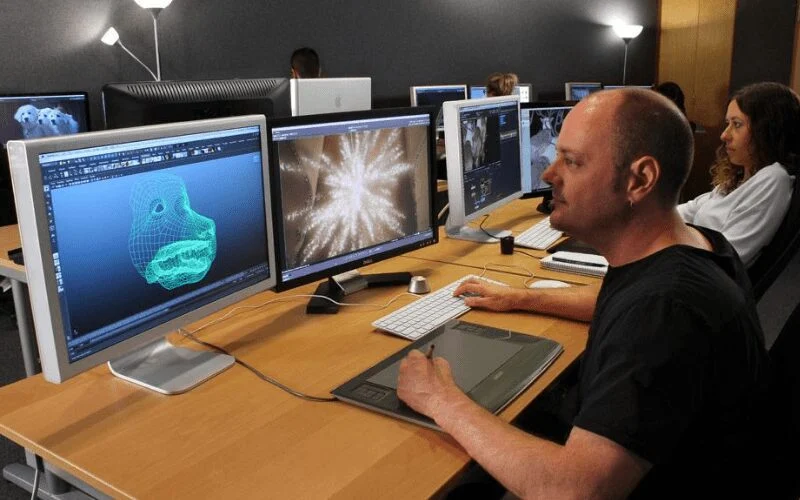

The role of a VFX artist in game development is to create and implement visual effects that enhance the overall look, feel, and gameplay of a video game. They are responsible for designing and executing various visual elements, such as particle effects, animations, lighting, and environmental effects, to bring the game world to life.
VFX artists collaborate closely with other game development team members, including game designers, artists, animators, and programmers, to ensure that the visual effects align with the game’s design and artistic vision. They work on creating effects that are both visually appealing and technically optimized to run smoothly within the game’s engine.
The VFX artist utilizes specialized software and tools to design and create these effects, such as 3D modeling and animation software, particle systems, shader programming, and compositing tools. They also strongly understand visual storytelling and artistic principles to effectively convey the desired emotions and enhance the player’s experience.
Additionally, the VFX artist plays a role in optimizing and fine-tuning the effects for different platforms and performance requirements. They collaborate with programmers to ensure the effects run efficiently on various hardware configurations, balancing visual fidelity and performance.
In summary, the VFX artist is responsible for creating and implementing visual effects that enhance a video game’s aesthetics, atmosphere, and gameplay. They combine artistic skills, technical knowledge, and collaboration with other team members to create immersive and visually captivating experiences.
Techniques and Tools Used in VFX
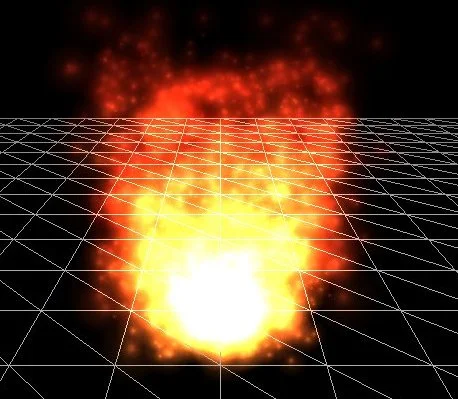

VFX artists employ various techniques and tools to create stunning visual effects in video games. These techniques and tools help them achieve realistic simulations, captivating animations, and seamless integration of effects into the game world. Here are some commonly used techniques and tools in VFX:
Particle Systems
VFX artists utilize particle systems to create dynamic and realistic effects such as fire, smoke, explosions, and magical spells. Particle systems allow for the creation of individual particles that can be manipulated regarding their behavior, appearance, and interaction with the game environment.
Shaders
Shaders are essential tools for manipulating the appearance of objects in real-time. VFX artists use shaders to control objects and characters’ materials, lighting, and visual properties. This includes effects like reflections, refractions, transparency, and surface details.
Animation and Keyframing
VFX artists utilize animation techniques to bring visual effects to life. They create keyframe animations, procedural animations, and physics-based simulations to achieve realistic movements and behaviors of objects, characters, and environmental elements.
Compositing
Compositing involves blending multiple visual elements to create a cohesive and seamless final image. VFX artists use compositing tools to combine different layers of effects, adjust color and lighting, and apply post-processing effects to enhance the overall visual quality.
Specialized Software
VFX artists use various software tools to create video game visual effects. This includes industry-standard software such as Autodesk Maya, Houdini, Unity, Unreal Engine, and Adobe After Effects.
By leveraging these techniques and tools, VFX artists have the flexibility and creative freedom to craft visually stunning and immersive experiences in video games. Their expertise in using these techniques and tools enables them to push the boundaries of visual storytelling and create captivating worlds for players to explore.
Iconic Video Games with Outstanding VFX


Numerous video games have showcased outstanding visual effects (VFX) that have captivated players and pushed the boundaries of what is visually possible. Here are a few iconic video games known for their exceptional VFX:
- “Uncharted” Series: Developed by Naughty Dog, the “Uncharted” series features breathtaking VFX that bring the exotic environments, realistic character animations, and intense action sequences to life. The games’ attention to detail and cinematic presentation make them visually stunning experiences.
- “The Witcher 3: Wild Hunt”: Developed by CD Projekt Red, “The Witcher 3” boasts stunning VFX, from its spell-casting effects to its atmospheric environmental effects. The game’s dynamic weather system, immersive particle effects, and intricate character animations contribute to its visually impressive world.
- “God of War” (2018): Santa Monica Studio’s “God of War” offers spectacular VFX, including epic battles, powerful magic effects, and intricate creature designs. The game’s realistic lighting, particle effects, and fluid animations contribute to its visually striking and immersive Norse mythology-inspired world.
- “Horizon Zero Dawn”: Guerrilla Games’ “Horizon Zero Dawn” showcases remarkable VFX, particularly its stunning environmental effects, dynamic weather system, and detailed character animations. The game’s particle effects, volumetric lighting, and physics simulations create a visually rich, immersive post-apocalyptic world.
- “Half-Life 2”: Developed by Valve Corporation, “Half-Life 2” revolutionized VFX in video games with its advanced physics engine and dynamic interactive environments. The game’s realistic physics simulations, impressive water effects, and detailed character animations set a benchmark for VFX in the industry.
These games are just a glimpse of the many titles that have pushed the boundaries of visual effects in video games, demonstrating the transformative power of VFX in creating immersive and visually stunning gaming experiences.
The Future of VFX in Video Games
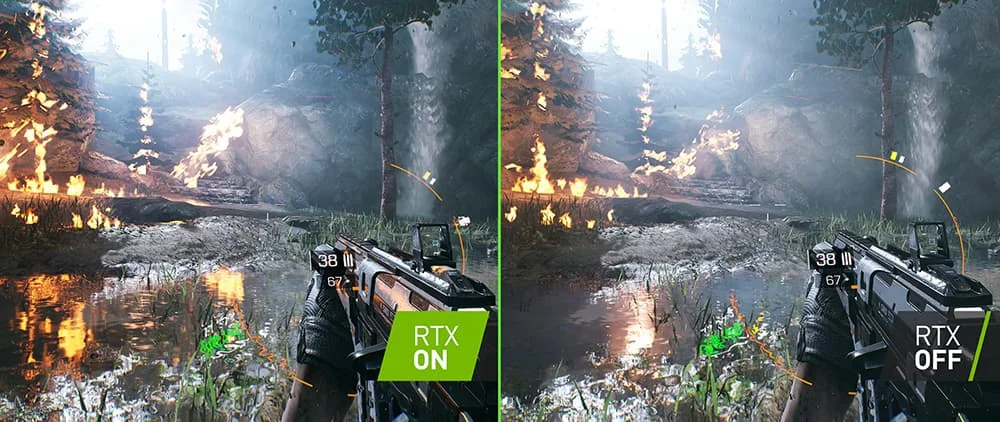

The future of video games’ visual effects (VFX) is filled with exciting possibilities and advancements. As technology continues to evolve, we can expect to see the following trends shaping the future of VFX in gaming:
- Realistic Simulations: Advancements in hardware and software will allow for more realistic physics simulations, fluid dynamics, and environmental effects. This means water, fire, smoke, and other natural elements will behave more realistically, enhancing immersion and visual fidelity.
- Ray Tracing: Ray tracing technology is becoming more prevalent in gaming, enabling highly realistic lighting and reflections. With ray tracing, VFX artists can achieve accurate and lifelike lighting effects, leading to more visually stunning and immersive game worlds.
- Virtual Reality (VR) Integration: As VR technology continues to improve, the integration of VFX in virtual reality gaming will play a significant role. VFX will enhance the sense of presence and immersion in VR environments, creating more realistic and captivating experiences.
- Procedural Generation: Procedural generation techniques will enable the creation of vast and dynamic game worlds with unique VFX. Developers can create visually diverse landscapes, weather patterns, and particle effects by algorithmizing content, resulting in more dynamic and engaging gameplay.
- Augmented Reality (AR) Experiences: With the rise of AR technologies, we can expect to see VFX seamlessly integrated into the real world, blurring the line between the virtual and the physical. AR games incorporate VFX to enhance real-world environments, overlaying digital effects onto the player’s surroundings.
- Enhanced Performance: As gaming hardware becomes more powerful, VFX can be more resource-intensive and complex. This allows for more detailed and sophisticated visual effects, including higher-resolution textures, particles, and advanced simulations.
In conclusion, the future of VFX in video games is poised for remarkable advancements. Realistic simulations, ray tracing, VR integration, procedural generation, AR experiences, and enhanced performance will create visually stunning and immersive gaming experiences like never before. VFX will continue pushing the boundaries of what is possible, enriching video games’ storytelling and gameplay aspects.
Conclusion
In conclusion, visual effects (VFX) are crucial in shaping video games’ immersive and captivating experiences. From their humble beginnings to the cutting-edge advancements of today, VFX in video games has continually evolved to enhance the game design, art, and overall player engagement. As technology continues to evolve, VFX in video games will continue to play a pivotal role in shaping the industry’s future, captivating players with their stunning visuals and pushing the boundaries of what is possible in the digital realm.

